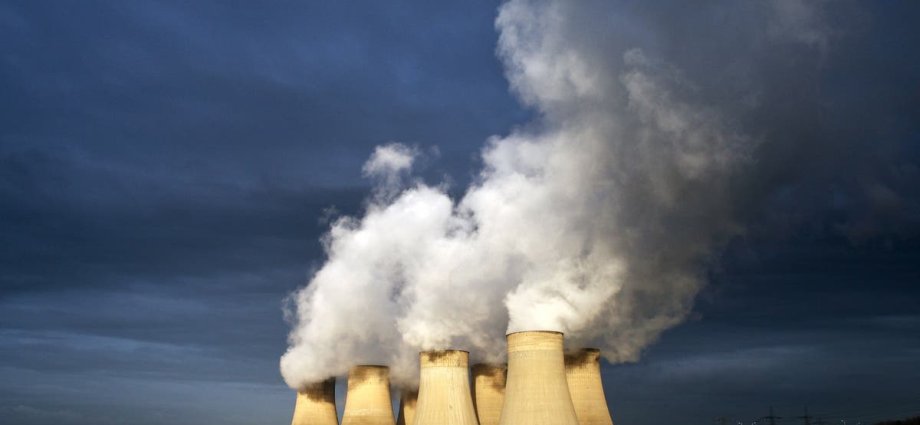The Energy Department (DESNZ) could miss its 2030 carbon capture target, the National Audit Office said.
Carbon capture and storage (CCUS), which involves catching carbon and burying it underground, is central to Government plans to reach the UK’s legally binding net zero target by 2050.
The technology is seen as potentially the only way to decarbonise some industries, such as cement production, but it is still nascent and the scientific viability of long-term carbon storage remains dubious.
Under current CCUS plans, DESNZ aims to establish the technology in four industrial areas,or clusters, to capture and store 20 to 30 million tonnes per year by 2030.
The department is currently carrying out commercial negotiations with projects for the first two clusters in north-west England and north Wales, and the East Coast.
It then plans to launch the two further clusters in Scotland and Humberside by 2030, although no timeline has been announced.
But the National Audit Office (NAO) released a 47-page report on Tuesday warning that the Government will “struggle to achieve its 2030 ambitions for carbon capture”.
The spending watchdog there has been “slow progress” with getting the first two clusters up and running.
DESNZ also reduced its estimates for how much carbon these two clusters will likely be able to store per year.
The report said the CCUS programme “will need to capture significantly more carbon” beyond what is now expected by the first clusters to achieve the 2030 target.
Under its plans, DESNZ intends for around a quarter of the 2030 target – five million tonnes per year – to be covered by Greenhouse Gas Removals (GGR), which involve capturing carbon directly from the atmosphere.
This would rely on the successful rollout of bioenergy with carbon capture and storage (BECCS) in the UK – a system where carbon is absorbed by plants grown as biofuels and then captured when they are burned for energy.
But the NAO noted that no BECCS or GGR projects are included in the first two clusters.
This creates a “significant risk” that DESNZ will miss its target for capturing five million tonnes per year through these engineered removals, the report said.
Elsewhere, the watchdog warned that the success of the CCUS programme is “critical” if the UK is to meet net zero by 2050 because the Government has not developed a “credible alternative pathway” without it.
The NAO also highlighted that DESNZ is operating in a “high risk-environment” because of the challenges of CCUS as a technology and the department’s aims to support “first of a kind” projects.
“This means risks of project failure, high upfront costs, and obsolescence will need to be accommodated if they are deemed to be outweighed by the programme’s potential long-term benefits, particularly given the central role that DESNZ expects CCUS to play in achieving net zero,” it said.
“We also recognise that the CCUS programme is going to be one of government’s largest projects financially, meaning HM Treasury has a crucial role to play in overseeing and managing the financial risks.”
A DESNZ spokesperson said: “We are taking immediate action to implement our plan for clean power by 2030, while continuing to develop cutting-edge technologies like carbon capture, usage and storage, which the NAO recognises will help to decarbonise our economy.
“This technology is vital to boost our energy independence and the Climate Change Committee describe it as a necessity not an option for reaching our climate goals.
“The initial cluster projects are nearing the first financial investment decisions this year, which are expected to create jobs and bring in billions of public and private investment into our industrial heartlands.”











